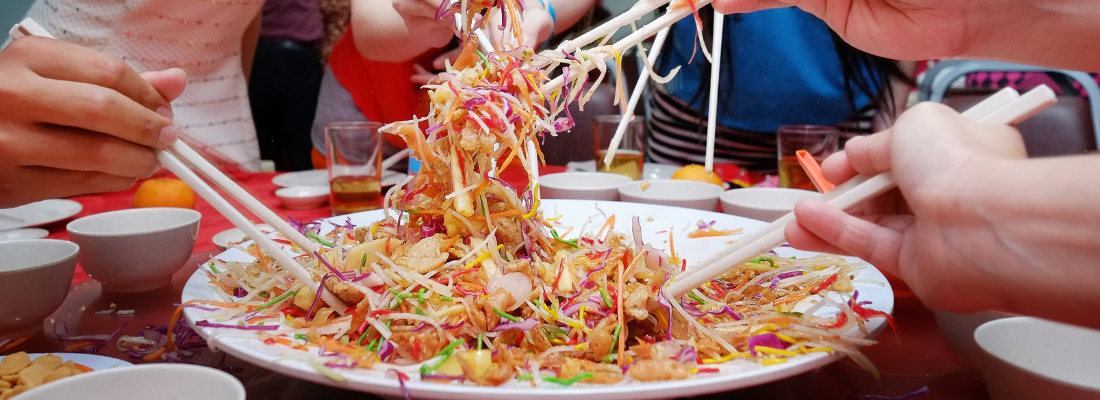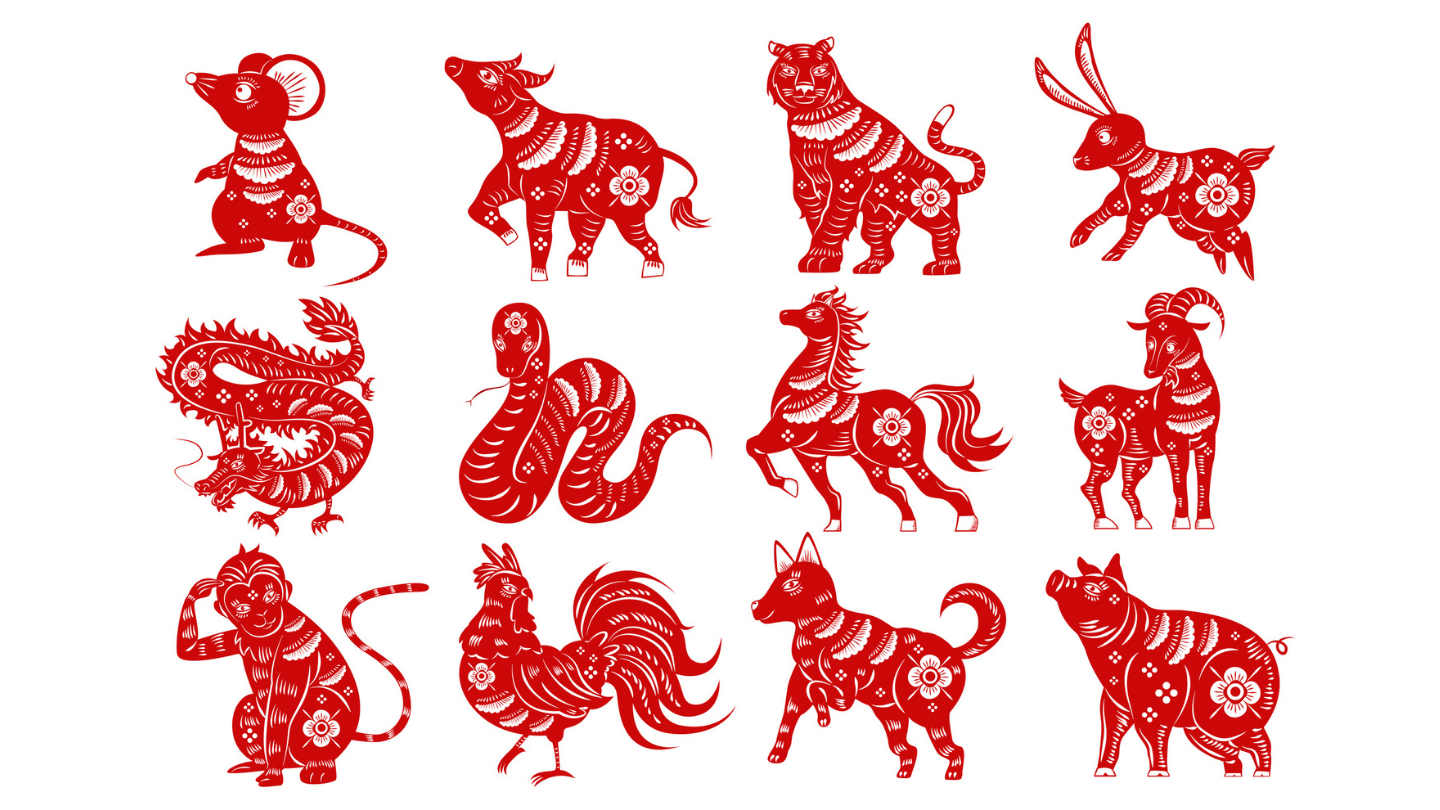


Wondering “what does the Chinese New Year celebrate?” Or, trying to find out how the Chinese New Year is different from other new year celebrations?
Let’s take a deep dive into this holiday and give you all of the information you need to know about it in this Five Fascinating Facts About the Chinese New Year blog!
Most Western New Year celebrations occur on January 1st of the traditional Gregorian “solar” calendar; this date marks the start of the new year and one revolution of the Earth around the Sun.
The Chinese calendar year is different. It is a “lunisolar” calendar, marked by the different phases of the moon. By this calendar, the New Year lands in the appearance of the second or third “new moon” lunar phase after the winter solstice, in a shifting date from approximately January 21 to February 20.
Upcoming dates for the Chinese New Year are:
One final note on naming: China isn’t the only country that celebrates this “Lunar New Year.” You’ll find Lunar New Year celebrations in other East Asian and South Asian countries, including Japan, Korea, and Vietnam.
The dawn of the Chinese New Year also brings in a new animal zodiac sign for the year. Unlike the Western zodiac calendar, each new year brings with it a different animal (and its corresponding characteristics) over a 12-year cycle. The different animals of the Chinese zodiac are (in order of the cycle): Rat, Ox, Tiger, Rabbit, Dragon, Snake, Horse, Goat, Monkey, Rooster, Dog, and Pig.

These animals also have “fixed elements” attached to them (water, earth, wood, fire, metal). If you’d like to find out more about the Chinese zodiac connected to your birthdate, try this website.
It’s a very loud holiday in China! You’ll hear plenty of firecrackers going off during New Year’s celebrations, both for the festive ambiance and as part of tradition—as the legend goes, firecrackers help to ward off evil spirits and bring in good luck for the rest of the year.
Firecrackers are only one part of the celebration. Many parents and grandparents pass red envelopes full of money to their children (red is another symbol of good luck and happiness). Red decorations, especially lanterns and other paintings with that year’s animal, are abundant. There are also plenty of parades and public performances, including the traditional “dragon dances;” you may see these in Chinese New Year parades around the world.
The highlight of Chinese New Year’s Eve celebration is the annual “Reunion Dinner,” a get-together with friends, family, and plenty of food and drink. Traditionally, eight courses are served at one of these dinners (eight is a lucky number in Chinese culture). Jiāo zi (dumplings) are a favorite at the dinner; eaten at midnight, this course symbolizes the changeover between years. A reunion dinner also features favorites like spring rolls, steamed fish, steamed chicken, and fried rice—many of them eaten as symbols for good luck and prosperity in the upcoming year (read more about these lucky dishes here).
New Year’s Eve and New Year’s Day is only the start of the 15-day “Spring Festival” period. Over these next 15 days, people will take time off to visit friends and family and celebrate different special days associated with animals. For the “Day of the Sheep” (four days in), as an example, families will have a “welcoming of five gods” with midnight feasts full of three tables of food (including cakes, whole pigs, and whole sheep). The celebrations culminate in the final “Lantern Festival” night, featuring red fireworks and red lanterns released into the sky.